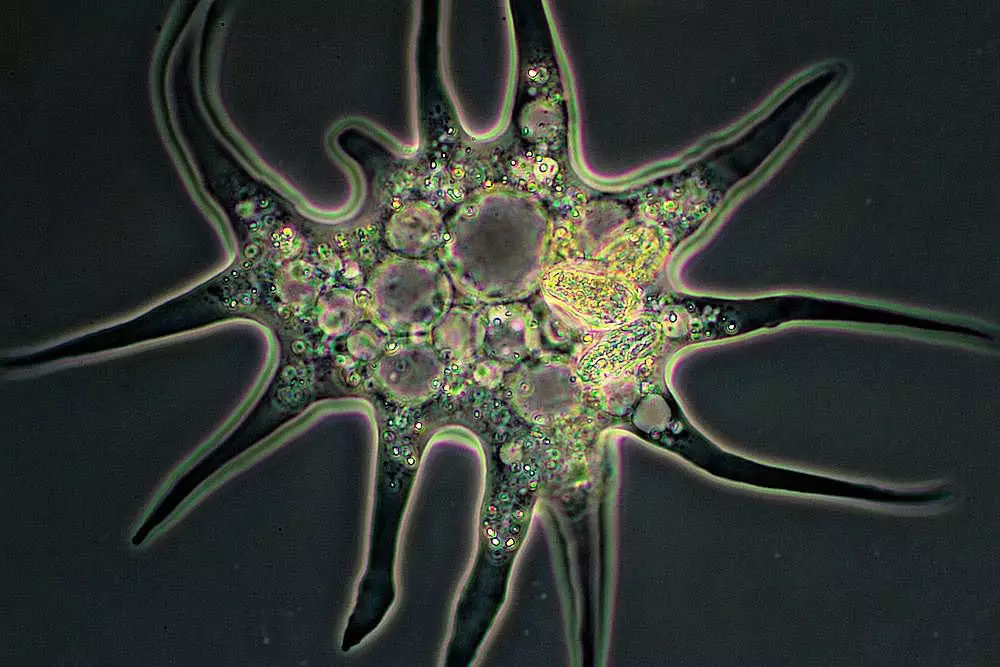When it comes to nurturing newly hatched fish fry, selecting the right food source is crucial for their survival and growth. Among the varied options available, infusoria stands out as a primary food source that many aquarists rely on. This article delves into the realm of infusoria: what it is, how to cultivate it, and why it’s indispensable for the fish breeding hobbyist.
Defining Infusoria: A Microscopic Feast
Infusoria is an umbrella term that, in the context of aquatics, refers to a diverse range of microscopic organisms found primarily in freshwater environments. Historically, this term included almost all such organisms, but in modern usage—particularly among aquarium enthusiasts—it specifically denotes small microorganisms critical for feeding fish fry. The types of organisms typically found in infusoria cultures include:
– **Amoebas**
– **Euglena**
– **Paramecium**
– **Rotifers**
– **Stentor**
– **Vorticella**
– **Volvox**
For fish breeders, having an adequate supply of infusoria is essential in the initial stages of a fry’s life. Newly hatched fish often depend exclusively on these types of microorganisms for nutrition as they transition from yolk sac nourishment to independent feeding.
Infusoria can thrive in virtually any aquatic setting, from natural sources like lakes and ponds to smaller collections of water such as the puddles found by the roadside. However, the water typically sold in bottles is sanitized and does not contain these beneficial microorganisms. As such, many aquarists may find themselves faced with the dilemma of sourcing infusoria culture.
While it might seem tempting to scoop up some pond water to initiate an infusoria culture, this practice holds a plethora of risks. Aquatic ecosystems are intricate, and messing around with nature can inadvertently introduce harmful predators or parasites into an aquarium. For instance, organisms such as the water tiger larvae and dragonfly nymphs can harm vulnerable fry, negating the very purpose of supplementing their diet.
To avoid the dangers associated with gathering infusoria from natural sources, setting up a controlled culture at home is the ideal strategy. Fortunately, cultivating your own infusoria is both achievable and cost-effective. The fundamental aspects of starting an infusoria culture involve a few straightforward steps:
1. **Selection of Water**: Use aged aquarium water or tap water, ensuring it is free of chlorine. Filtered water from a flower vase may also contain microbial life.
2. **Nutrients for Growth**: Add nutrient materials to promote growth. These can range from organic options like blanched lettuce and banana peels to commercial preparations such as Liquifry or even powdered cereal products.
3. **Container Setup**: Use a jar or bucket capable of holding a few quarts to a gallon of water. Allow this setup to benefit from sunlight exposure for several days as the infusoria multiply.
4. **Harvesting**: As the culture develops, the water will become cloudy, indicating the growth spurt of microorganisms. At this stage, you can siphon off the cloudy water for feeding the fry, taking care to avoid particulate food leftovers.
With proper care, aquarists can keep their infusoria cultures thriving for prolonged durations. Some experienced breeders opt to create multiple cultures that will mature at staggered times, ensuring a continuous supply of food for their fry throughout crucial growth phases. Furthermore, keeping the cultures aerated and changing nutrient materials will promote healthier organism growth.
Regular feeding is crucial for the tiny fish fry until they are large enough to consume larger foods like freshly hatched brine shrimp or specialized fry food. Understanding the feeding cycle and nutritional needs of your fry will enhance their growth and survival rates.
For dedicated aquarists aiming to breed fish successfully, cultivating infusoria represents a significant advantage. By understanding the nature of these microorganisms, how to create a safe culture, and integrating them into the feeding routine of fry, enthusiasts can optimize their chances of raising healthy young fish. As with any aspect of aquaculture, knowledge and preparation are key to turning those first fry into thriving adult fish.

